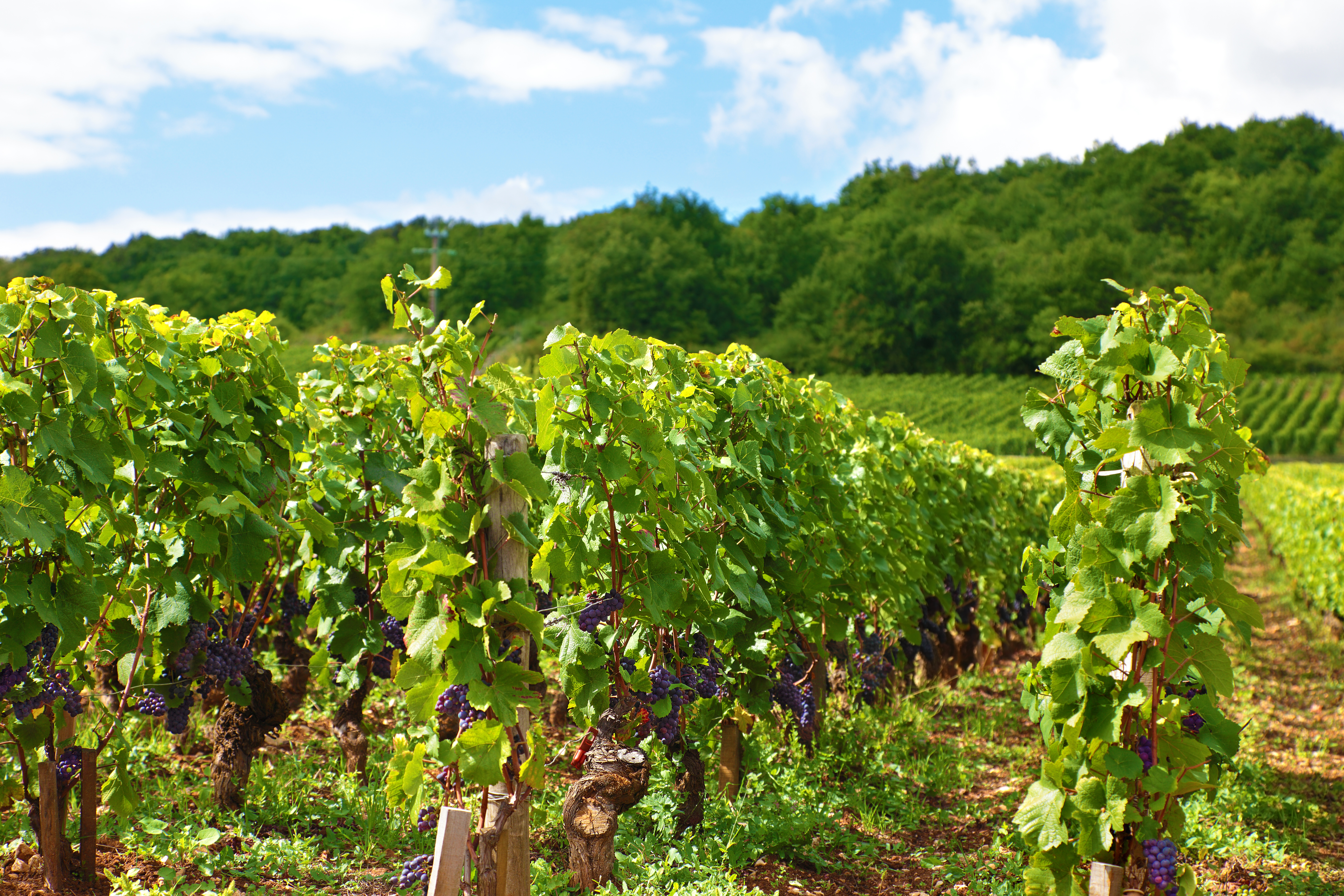LIFE VITISOM

Background
In Europe, there is a general lack of knowledge about the diverse functions of soils, and in particular about the best available measures for their improvement and conservation. In the specific case of vineyards, which have both economic and landscape value in Europe, several soil management problems have often not been adequately addressed at local or national level. These include erosion, decrease of organic matter content, compaction, contamination and restoration of carbon soil content. Modern viticulture is responsible for organic matter decline in vineyard soils, with transitions to intensive farming systems causing an increase in mechanisation and a reduction in row spacing that result in greater soil compaction.
Objectives
The objective of the VITISOM LIFE project was to introduce an innovative organic fertilisation system as a strategy to enhance vineyard soil protection, in relation to the EU Thematic Strategy for Soil Protection. The project aimed to support sustainable soil management in the viticulture sector, through the development of a ‘variable-rate technology’ for organic fertilisation in vineyards. While it is already used for field crop management, it would be applied to viticulture, using organic fertilisers instead of chemical ones and thus encouraging the diffusion of organic farming.
The project also aimed to provide cost-effective solutions for the improvement of existing viticulture practices in order to promote the conservation of the environmental functions of soils.
Specifically, the project aimed to:
- Construct and implement five prototypes, each adapted to a specific pilot context and tested using different organic matrices (e.g. compost, manure, digestate);
- Improve the quality of vineyard soils in terms of soil structure, organic matter content and biodiversity, to help prevent erosion, compaction and organic matter decline;
- Increase vine production and upgrade grape and wine quality, with a possible positive economic impact at local, national and European level, due to the improvement of soil fertility;
- Reduce greenhouse gas (GHG) emissions from vineyard soils, in particular in terms of N2O emissions, due to the increase of soil carbon sequestration; and
- Define a complete framework for vineyard organic matter management and exchange best practices. The output of the project will be useful both to technicians, through a scale-up of a new technology for the vineyard sector, and to public authorities, thereby strengthening the foundation for policies about vineyard management.
Results
The VITISOM LIFE project assembled five prototypes for the distribution of fertilisers by means of the Variable Rate Technology (VRT). Each is composed by a tractor, a distribution system (trailer, moving flaps, rollers) and a multi-sensor device. These prototypes were then tested in the vineyards of five farms in North and Central Italy. Three types of fertilisers (manure, digestate and compost) were characterised for VRT distribution.
A range of environmental impacts was monitored, including the impact on the soil, the amount of GHGs emissions produced and CO2 flows into the atmosphere. A lifecycle analysis was also carried out to evaluate the environmental impact of vineyard management. The project team recorded increases in the organic matter in soils and a reduction in GHG emissions as well as nitrogen pollutants in the vineyards. While these CO2 emissions and chemical fertilisers savings observed during the tests were modest, all the potential environmental benefits are to be considered on a long-term basis.
Specifically, over a period of five years after the end of the project, the following results are forecast:
- A 30% reduction of the use of chemical fertilisers;
- A 20% reduction of the quantity of organic matter distributed in organic vineyards;
- A 5% average increase of organic matter in the soils;
- A 5% increase in soil biodiversity in terms of the presence of arthropods;
- A 10% reduction of emissions from vineyard soils in terms of CO2
- equivalent; and
- A 10% reduction of odour emission from the distribution of fertilisers.
The project then developed a business strategy for the commercialisation of the prototypes. Results have demonstrated that the project methodology can increase vine growers' revenues thanks to the increased production. Moreover, producers will benefit from lower fertilisation costs of around 16%. The quality of wine produced can be also said to improve as a result of a better nutritional balance of the soil; the greater homogeneity of the soil helps prevent vinification. Taking into account the required initial investment of around €40,000 (€28,000 for the spreader and €12,000 for the sensor), the VITISOM technology for the management of organic fertilization at variable rates is considered to be economically viable for wine producers with more than 40 hectares, while smaller producers could form cooperatives to shoulder the burden of the cost.
Finally, the project produced a manual for the organic matter management in the vineyards and a green paper on a European strategy for vineyard soils and ecosystems protection.
Relations
- Réseau
- Liste
- Géographique
- Plus
Bilan carbone au vignoble
Comment la viticulture peut agir comme un puit net de carbone
